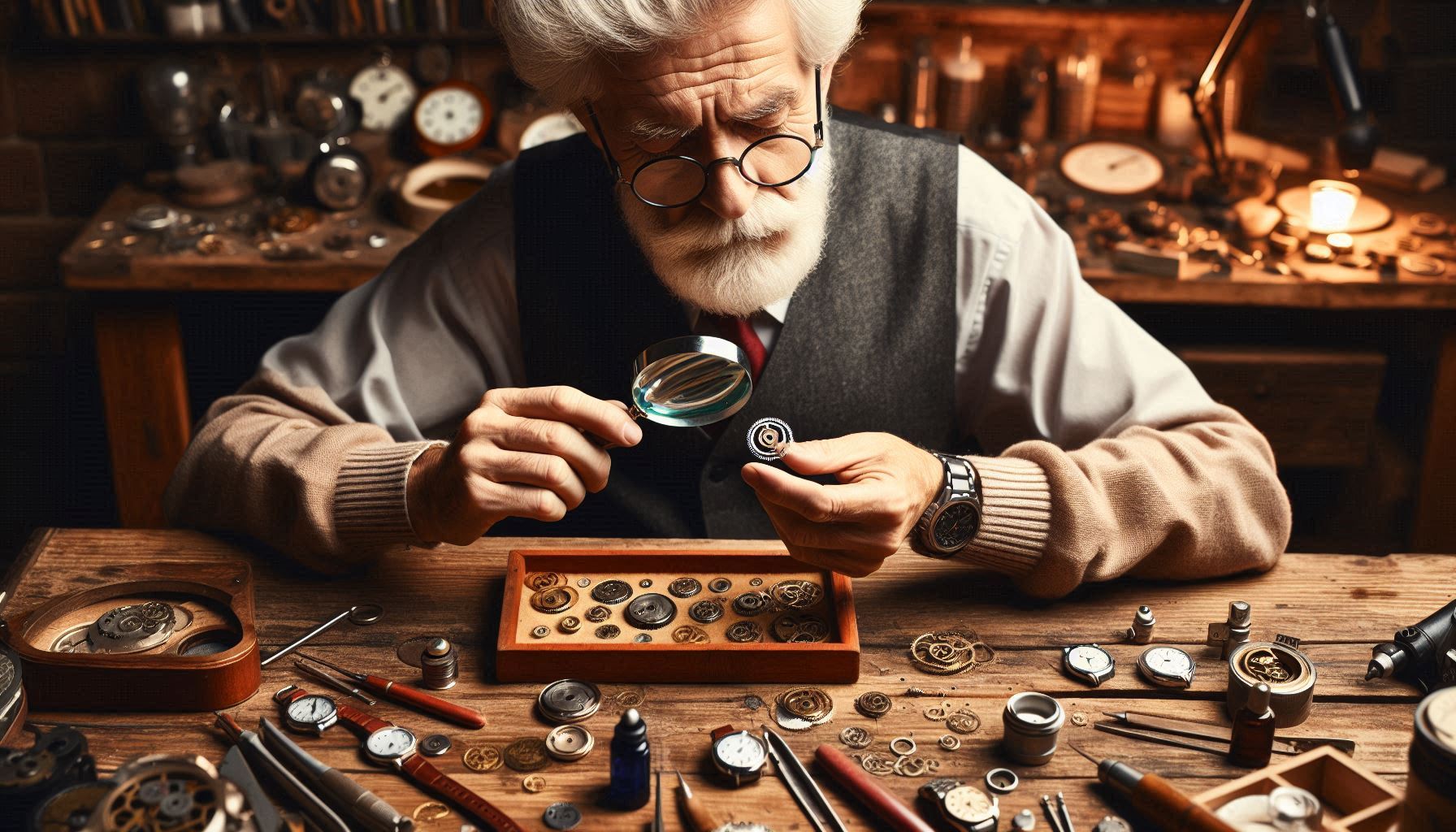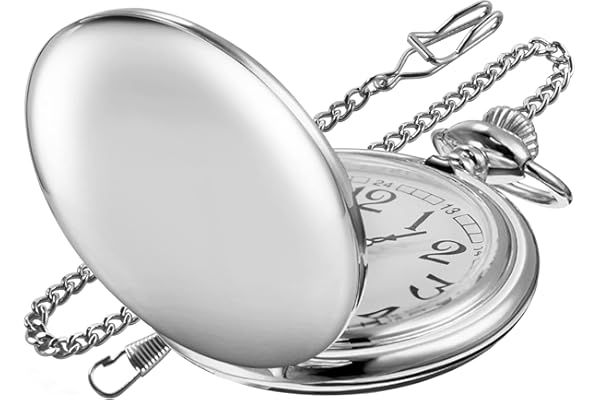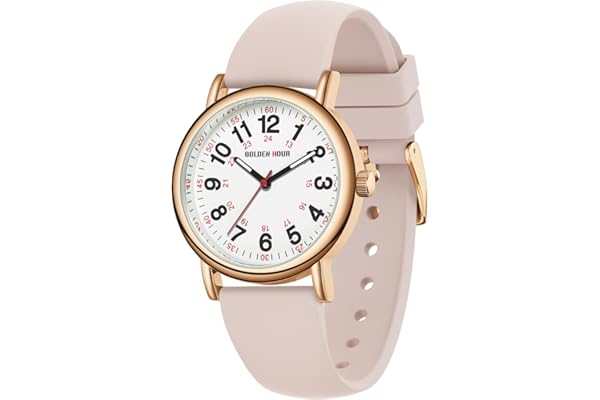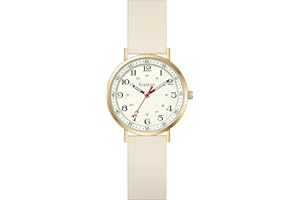Common Causes of Watch Malfunctions and How to Fix Them
Contents
Introduction to Watch Malfunctions
Watches are intricate pieces of technology, whether they are classic mechanical models or modern digital versions. Despite their precision, they are not immune to malfunctions. Understanding the common causes of watch issues can help in diagnosing problems and determining whether professional repair is needed or if a simple DIY fix will suffice. In this section, we will explore the basic types of watch malfunctions and what generally causes these issues.
One of the most frequent problems in watches, especially mechanical ones, is inaccurate timekeeping. This can be caused by a variety of factors including magnetization, changes in temperature, and the natural aging of the watch components. Modern watches, while more resilient, can still suffer from electronic failures or software glitches that affect their functionality.
Moisture infiltration is another common cause of watch malfunctions. Even in watches advertised as water-resistant, seals can degrade over time, allowing moisture to enter the case. This can lead to fogging under the crystal or, in more severe cases, corrosion of the internal components.
Physical damage is also a frequent issue. Watches are worn on the wrist and are thus exposed to all sorts of potential impacts and shocks. These can dislodge or damage internal components, causing the watch to stop or perform erratically. Understanding how to mitigate these risks and respond to them when they occur is crucial for maintaining the longevity of your timepiece.
Inaccurate Timekeeping and Its Fixes
Inaccurate timekeeping is one of the most noticeable signs that something might be wrong with your watch. For mechanical watches, this can often be attributed to the watch being magnetized, which can disrupt the movement of the balance wheel. Magnetization is a common problem, especially for those who frequently work with electronics or are in environments with high magnetic fields.
The solution for magnetization is relatively straightforward. Most watch repair shops have demagnetizing tools that can quickly fix the issue. For DIY enthusiasts, purchasing a small demagnetizer online can be a worthwhile investment if you find your watch frequently becomes magnetized.
For quartz watches, inaccurate timekeeping might be due to a dying battery. Replacing the battery is a simple fix, but ensuring you use the correct type of battery is crucial to avoid damaging the watch. Additionally, if the battery contacts are corroded, cleaning them with a bit of isopropyl alcohol can help restore functionality.
Another potential cause of inaccurate timekeeping in both mechanical and quartz watches is temperature fluctuations. Extreme temperatures can affect the physical properties of the materials inside the watch. Keeping your watch at a stable temperature and avoiding leaving it in direct sunlight or in very cold environments can help mitigate this issue.
Dealing with Moisture and Water Damage
Moisture is one of the most insidious enemies of any watch. Even a small amount of water inside the case can cause significant damage if not dealt with promptly. The first sign of moisture ingress is often fogging under the crystal, which occurs when warm air inside the watch condenses on the cool surface of the crystal.
To address moisture problems, the first step is to remove the back of the watch and allow it to dry out completely. Placing the watch in a bowl of uncooked rice or silica gel packets can help absorb moisture. However, if the watch has been exposed to a significant amount of water, it is best to take it to a professional for a full cleaning and inspection.
Preventing moisture ingress is largely about maintaining the integrity of the watch’s seals. Regularly checking and replacing the gaskets, especially in older watches, can help maintain water resistance. Additionally, avoiding exposing the watch to water, especially if it is not specifically rated for swimming or diving, is a good practice.
For watches that are frequently exposed to water, such as dive watches, periodic pressure testing by a professional can ensure that the seals are functioning correctly. This preventative measure can save a lot of trouble in the long run.
Addressing Physical Damage
Physical damage to a watch can manifest in many ways, from scratches on the crystal to a completely shattered case. While some forms of physical damage are purely cosmetic, others can affect the functionality of the watch, particularly if the movement is affected.
For scratches on the crystal, a variety of polishing compounds are available that can reduce the appearance of scratches. For plastic crystals, a simple polish with a soft cloth and a product like Polywatch can be effective. For more durable materials like sapphire, professional polishing might be required.
If the watch has suffered a significant impact, it might have dislodged components inside the movement. In such cases, it’s often best to take the watch to a professional. Attempting to open and repair the movement without the proper tools and expertise can lead to further damage.
Preventing physical damage is about mindful wear and sometimes, investing in protective gear. Watch protectors or bumpers can absorb shocks and prevent scratches, especially useful for those who wear their watches during physical activities.
When to Seek Professional Help
While some watch malfunctions can be addressed with a bit of DIY effort, others require the expertise of a professional. Understanding when to seek professional help can save you time and prevent further damage to your watch.
For vintage or high-value watches, it’s always best to consult with a professional for any repairs. These watches often have complex movements that require specific skills and tools to repair correctly. Additionally, maintaining the integrity of the original parts is crucial for preserving the watch’s value.
In cases of severe water damage, professional cleaning and repair are often necessary. Water can cause corrosion and damage that is not immediately visible, and a professional can ensure that the watch is thoroughly dried and any damaged components are replaced.
Finally, if you are unsure of the issue or do not feel confident in your ability to fix it, seeking professional help is the best course of action. Watchmakers have the experience and tools to diagnose and repair a wide range of issues, ensuring that your watch continues to function correctly and maintain its value.






